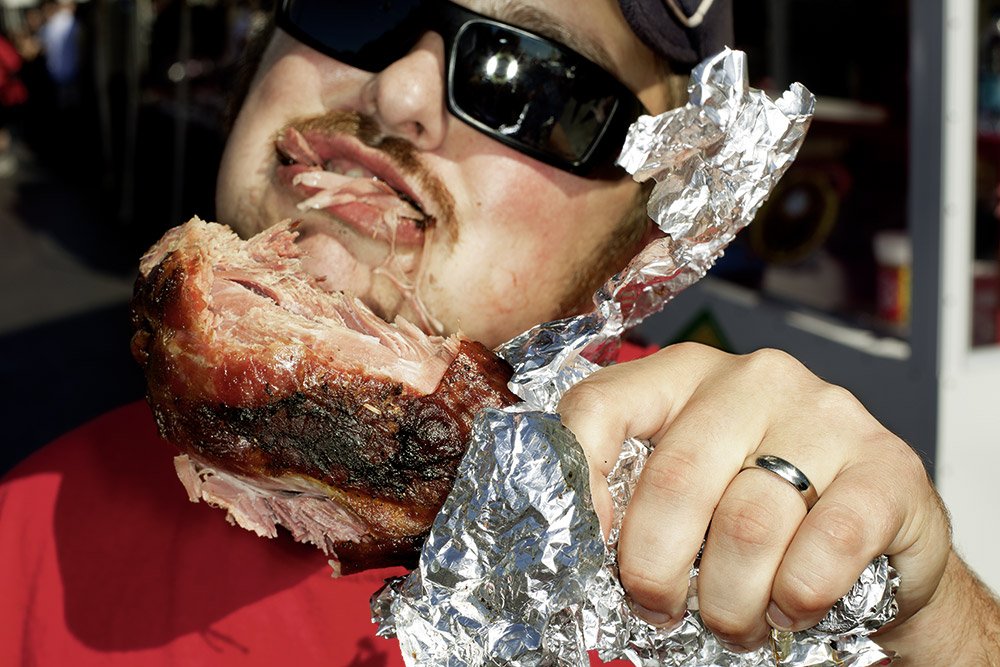India –
Sometime in 1989, Pablo Bartholomew made his first trip to the Northeast. His journey through the deepest recesses of the region’s terrain was not spurred by wanderlust or mere curiosity. It was, simply and profoundly, a quest to understand the diversity of the people who inhabit the hills and plains whose histories were so vastly differently from the Indian mainland, and a gesture of appreciation, particularly to the Naga hill tribes whose generosity his father, Richard Bartholomew, had experienced first-hand when he, as a young boy, had to trek with his family of Burmese refugees. Bartholomew’s intimate engagement with the Northeast continued for ten years despite his frenetic career as a photojournalist.
“Coded Elegance” constitutes a mere fragment of Bartholomew’s extensive visual anthropological documentation of the various tribes and people residing in the low Himalayan hills and valleys of Northeast India—a people whose lives are marked by tradition and transition. The series, an off shoot of “Marked with Beauty,” his 2000 exhibition of rich, color photographs of the many Naga tribes, explores his journey and interaction with tribes in Arunachal Pradesh, Manipur, and Nagaland—diverse communities with as many as 50 different languages—as well as the people inhabiting the valleys of Assam. The preservation of their traditional cultures articulated through their dress, rituals, and rites of passage, forms the overarching subject of “Coded Elegance.”
 Thang-Ta is a traditional Meitei martial art form that originated in Manipur as a response to the threat of foreign invasion and even for dealing with internal conflict. A graceful, sophisticated art, despite its vigorous nature, the practice derives its name from the words thang, which means sword, and ta, which translates to spear, although it had earlier names like Huyen Langlon (Huyen means war, while Langlon means net, or art, or knowledge) or Huyen Lallong.
Thang-Ta is a traditional Meitei martial art form that originated in Manipur as a response to the threat of foreign invasion and even for dealing with internal conflict. A graceful, sophisticated art, despite its vigorous nature, the practice derives its name from the words thang, which means sword, and ta, which translates to spear, although it had earlier names like Huyen Langlon (Huyen means war, while Langlon means net, or art, or knowledge) or Huyen Lallong.
“This spectacular coded sense of dress, which incorporates self-woven fabric, peculiar headdresses adorned with animal parts, jewelry made from beads, brass, and silver ornaments, markings on the body and face tattoos, are functions of their traditions that often make contemporary fashion seem banal, flippant, and pedestrian,” says Bartholomew about his curatorial intent behind the series which will have its India debut on September 23. “Going beyond the vivid colors and graphic beauty of the textiles used, and the accompanying ornamentation, there exists an unwritten code; a visual language that governed who wore what and what it signified. This attire, derived from animist and shaman practices, comes from the deep relationship these tribes and people of the valley share with the lands and environments they inhabit. Their rites and rituals are a celebration of an amazing, nuanced grace and sophistication.”
The show is dedicated to Bartholomew’s friend and fellow photographer, Prabuddha Dasgupta who died on August 12 last year, and is an attempt at dialogue with Dasgupta’s fashion photography. Bartholomew is known for his early black-and-white photography that formed the corpus of three separate series, “Outside In: A Tale of Three Cities,” “Chronicles of a Past Life,” and, more recently, “The Calcutta Diaries.” “Coded Elegance” showcases the photographer’s nuanced understanding of and skill with color photography and is a tribute to the medium.
For further information on Bartholomew’s engagement with the Naga tribes, watch the video created by Rubin Museum, New York.
Opens Wednesday, September 25. 2013
Until Wednesday, October 09. 2013
India International Centre, Main Art Gallery,
Kamladevi Complex, 2nd Floor, Max Muller Marg, New Delhi
 A Maring tribe choir and dance troupe, with their drum and gong are Naga tribal group and are closest to the Burmese border. Chandel District, Manipur
A Maring tribe choir and dance troupe, with their drum and gong are Naga tribal group and are closest to the Burmese border. Chandel District, Manipur









